#Mithraism
Text
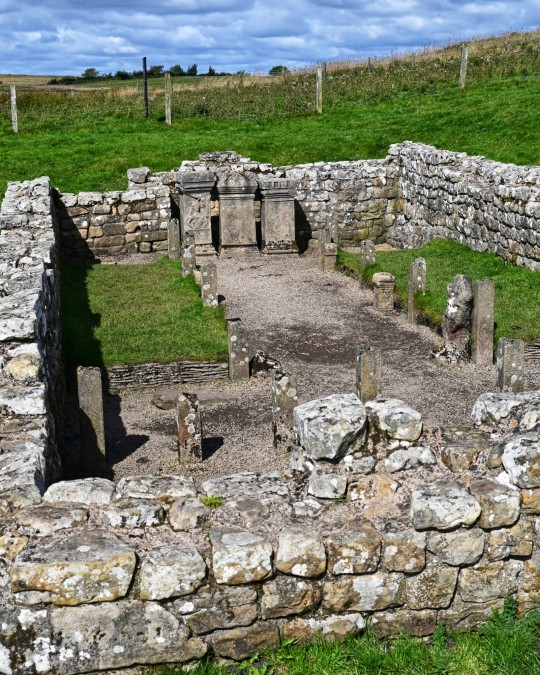


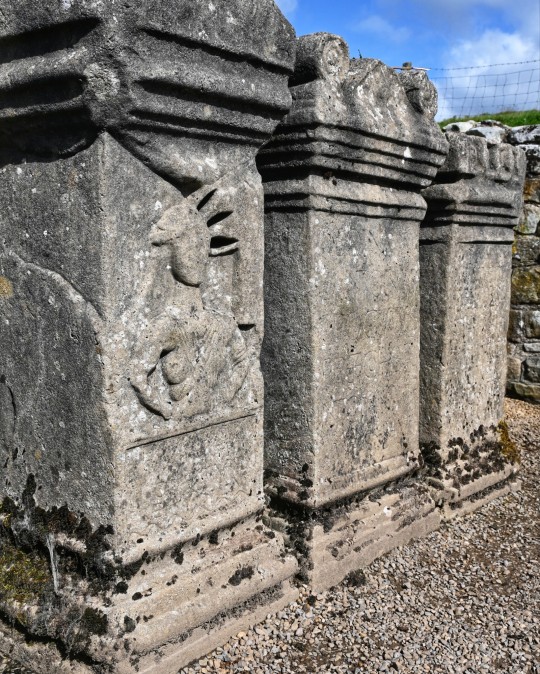
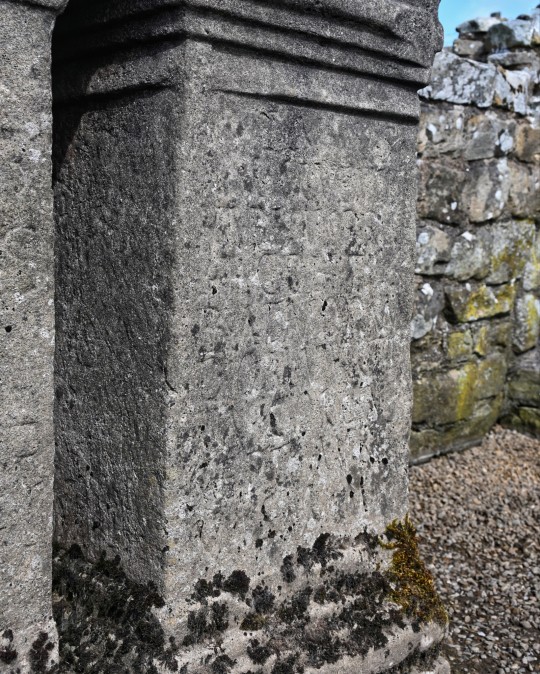


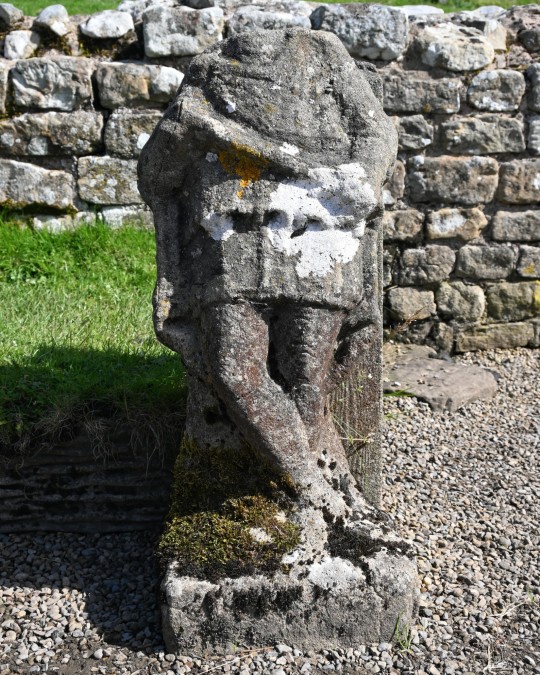
The Temple of Mithras, Carrawburgh, Hadrian's Wall, Northumberland
#roman#roman army#roman living#mithraism#mithras#mithraic#archaeology#roman temple#roman belief#roman culture#roman empire#hadrians wall#ancient craft#altar#outdoors#landscape#Northumberland#relic
444 notes
·
View notes
Text

- Praise Sol -
Miss this little freak.
Been itching to rewatch this show and annoyed I can't, so decided to draw something from it to feel something!
Praise Sol.
33 notes
·
View notes
Text


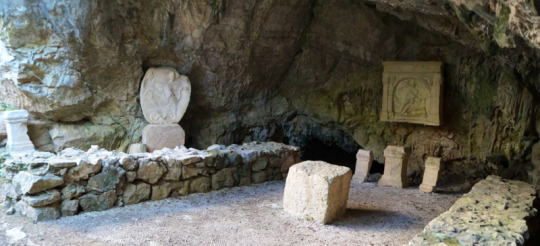



Some Mithraea
Halberg Mithraeum, Germany (x)
San Clemente Mithraeum, Rome, Italy (x)
Duino Mithraeum, Italy (x)
Mithraeum, Santa Maria Capua Vetere, Italy (x)
London Mithraeum, UK (x)
Ostia Antica Mithraeum, Italy (x)
394 notes
·
View notes
Text
Maybe this is common knowledge but having recently read the hobbit/the fellowship of the ring, I made a connection to my university work. I recently wrote a paper on Mithraism, the worship of the god Mithra, who represents the sun, light, and justice. And I thought that sounds like Mithril. I'm pretty sure the etymological root is different and Tolkien relied on Norse culture, but still thought it was cool
#bookish#booklr#lotr#jrr tolkien#lord of the rings#the fellowship of the ring#mithril#etymology#mithraism
8 notes
·
View notes
Photo

Decided to give Men, Dionysus, and Mithra matching designs. This is for a story project that I don’t know when I’ll be able to bring to fruition, but I’m brainstorming at the moment.
The three have outfits based on male Phrygian attire.
#Greek Mythology#orphism#orphic mysteries#Mithraism#mithraic mysteries#Dionysus#Dionysus Zagreus#orphic dionysus#men#mithra#mithras#Heir of Lightning and the Cosmic Throne#oc
27 notes
·
View notes
Text
Deep in the U.S. desert a 500-pound rock has been found that bares strange Egyptian symbols..
30 notes
·
View notes
Text

What did Roman Empire pagan soldiers think of fighting under Constantine and Christianity?
Probably not very much.
The Roman military was a world of its own. More than today, soldiers had their very identity shaped by the institution and people they served. Upon enlisting, they swore allegiance to the emperor and received new names as his servants — Valerius during the tetrarchy and Flavius under Constantine. Those who didn’t speak Latin were pushed to acquire a basic grasp of it, pretty much like the French Foreign Legion of today. Starting from the late republican period, Roman soldiers were accustomed to receiving salaries, booty and pensions from their commanders, not the state in an abstract sense. Under the empire, loyalty often lay with the emperor, as long as he was perceived as strong.
In that frame, Constantine never lost the faith of his men thanks to his talents, accomplishments and image. It surely helped that he was Constantius Chlorus’ son, but dynastic feelings were not so strong in the 4th c. What really mattered was that he was a victorious imperator, with plenty of experience both before and after his ascension. His CV included wars against, and victories over, foreigners (Franks, Goths, Alamanni) and rival emperors (Maxentius, Licinius) alike. That kept soldiers satisfied and himself secure on the throne. Besides, Constantine took care to associate his military exploits with the Christian God. On the contrary, his sons failed to live up to his legacy and had to face claims by men like Magnus Magnentius and Julian.
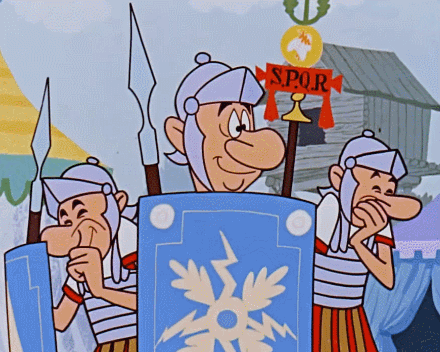
Another thing to consider is the role of religion in the then Roman military. In general, early Christianity wasn’t unanimously for or against military service, hence a decent minority of soliders were Christians even before Constantine. In the late 3rd c., you could find Christians like St. Marcellus holding even the rank of centurion. The statesman Cassius Dio is reported to have spoken of Christians in the comitatus of all four original tetrarchs. Cases of individual disobedience cannot be excluded, of course, but the military was, above all, a state mechanism. Under Diocletian, they persecuted Christians; under Constantine, they fought the Donatists and may have even destroyed the Asclepieion at Aegae, Cilicia.
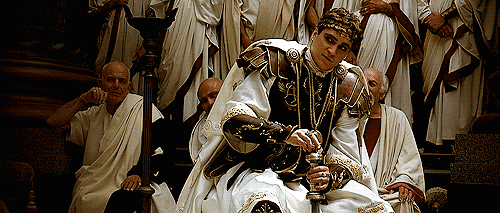
On his part, Constantine didn’t adopt Christianity the way most people after his time imagine(d). There was a long, gradual process, for the most part inscribed into the norms of late antiquity. Nomenclature and visual language were preserved to a considerable extent. Separate Christian and non-Christian prayers are reported to have been taking place at the same time. At some point in the 320s, a group of veterans greeted Constantine with the traditional “May the gods preserve you for us” salute. Two elite army units, Diocletian’s Jovians and Maximian’s Herculians, were not rebranded, although their names recalled the gods Jupiter and Hercules whom the late tetrarchs associated themselves with.
With the benefit of hindsight, we now know that the dynamics of that complex situation ended up favouring Christianity — if anything, all of Constantine’s successors were Christians except for Julian. That, however, should not be taken out of context. Few have a panoramic view of their time or the acumen to predict the future, and the provincials who made up the bulk of the late Roman military were not among them. Even if they were, though, they may not have had particularly strong feelings about any potential outcome. At the same time, various (quasi-)henotheistic traditions like the cult of Sol Invictus and Mithraism were around. The period was transitional, hence quite fluid.

#kemetic dreams#european#europeans#western europe#christianity#roman military#henotheistic traditions#cult of sol invictus#mithraism#christians#constantine
8 notes
·
View notes
Text

Head of Mithras
From the Mithraeum of the Animals
Ostia Antica, Italy
c. 2nd century CE
11 notes
·
View notes
Text
Mithraic
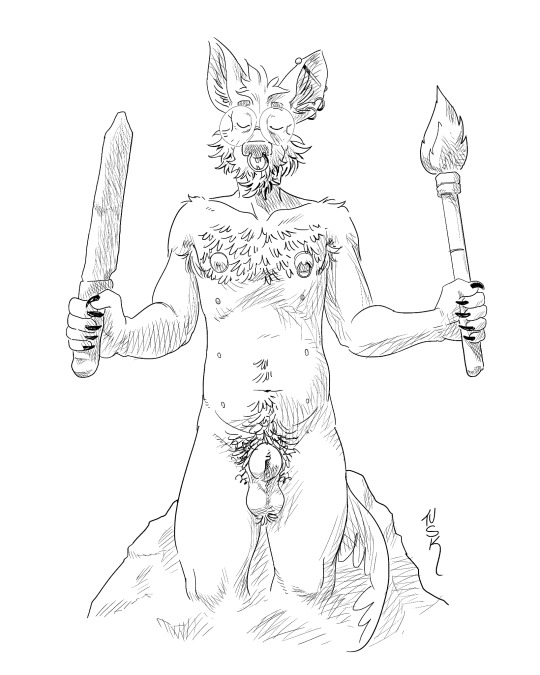
25 notes
·
View notes
Text
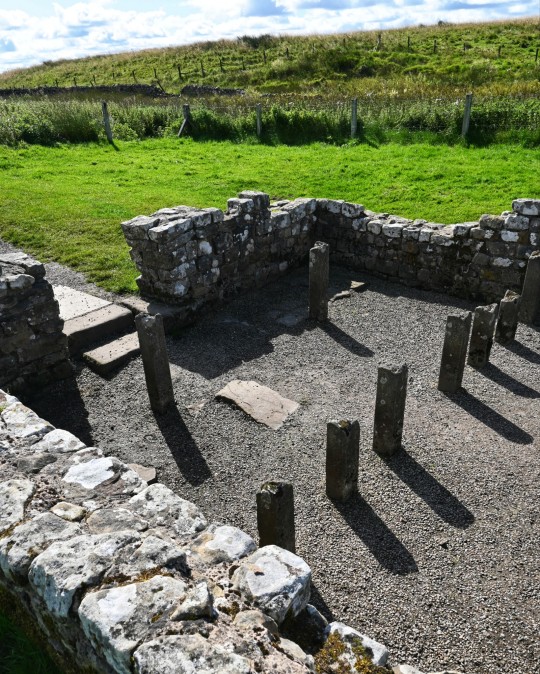


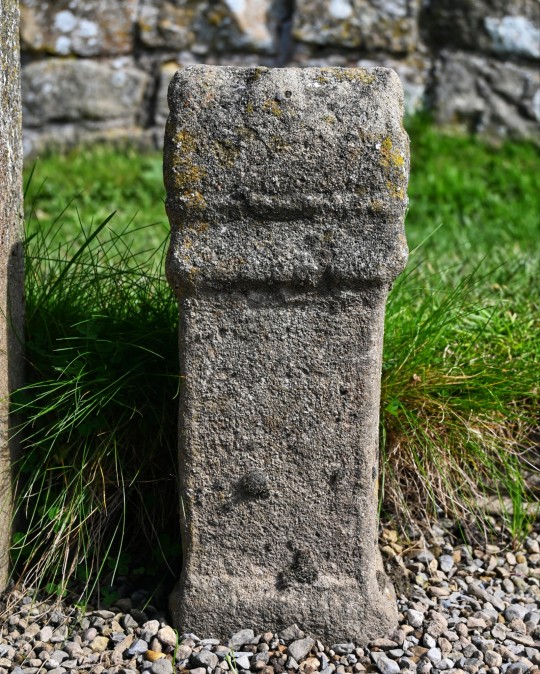
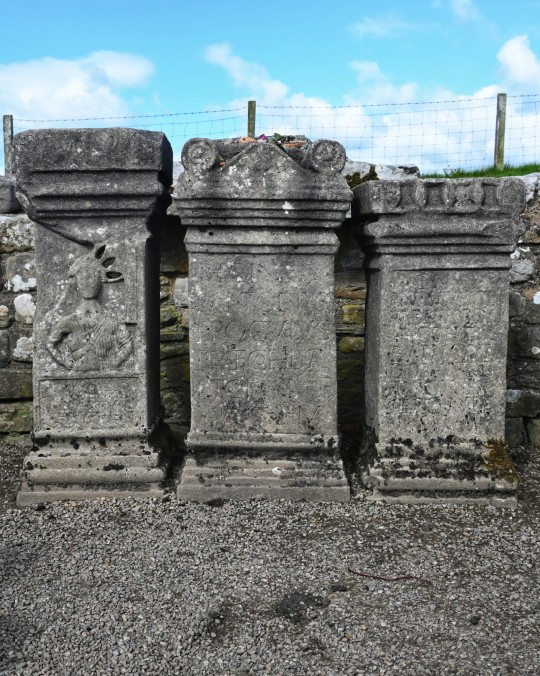

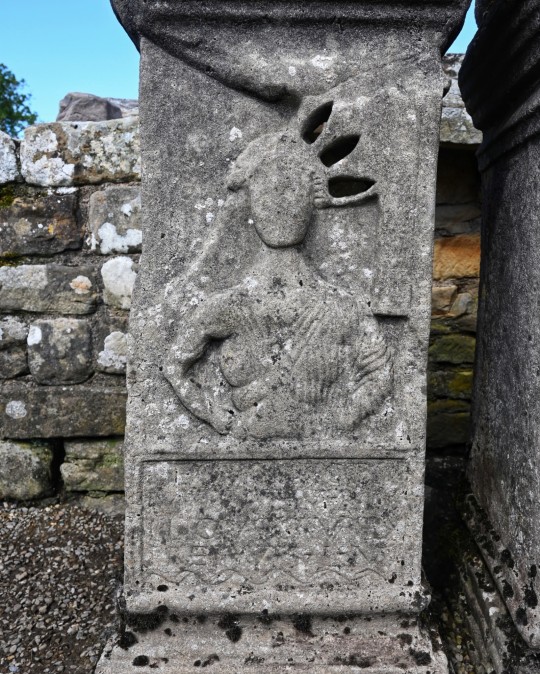
The Temple of Mithras, Carrawburgh, Hadrian's Wall, Northumberland
#roman#Mithraeum#mithraism#Mithras#temple#roman belief#culture#roman army#hadrians wall#archaeology#relic#altar#inscription#ancient beliefs#ancient living#Northumberland#outdoors
347 notes
·
View notes
Text
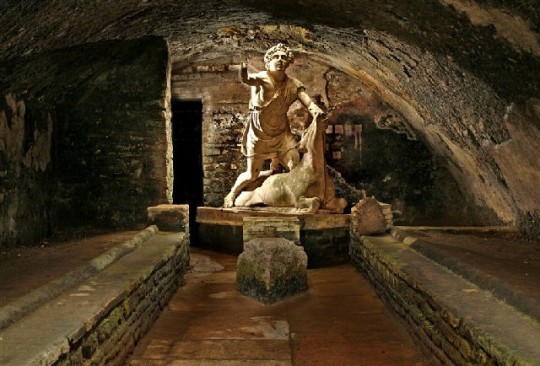
“At a particular level of spiritual development it is immediately evident that the myths of the Mystery religions are essentially an allegory of the states of consciousness which are experienced by the initiate on the path toward self realization. The various deeds and adventures of mythical heroes are not poetical, but real events; they are the specific actions of one's inner being and shine forth from within the one who attempts to follow the path of initiation which leads beyond the fulfilment of the merely human mode of existence“.
- Julius Evola, The Path of Enlightenment in the Mithraic Mysteries.
#julius evola#Mystery religions#mithras#mithraism#Mithraic Mysteries#The Path of Enlightenment in the Mithraic Mysteries.#hero's journey#spiritual development#joseph campbell#carl jung#gnosticism#varuna#indo-european religions#Europe#European paganism#rene guenon#dionisyac#eleusinian mysteries#Ahura Mazda#christianity#enlightment#Roman cults#Roman emmpire#magical western traditions#hermeticism#Persia
30 notes
·
View notes
Text
Other curiosities about Pazuzu
Part 3 of my series of posts, this one though unrelated to Castlevania.
(part one here, two here)
Pazuzu, while named the "Agony of Mankind", "Suffering of Mankind", and "Disease of Mankind", and had spells/prayers warding against him, or appeasing him, Pazuzu also had a somewhat positive aspect to him, as when invoked in spells, protected against other Lilu demons under his command. Including his hated rival the demon goddess Lamashtu:
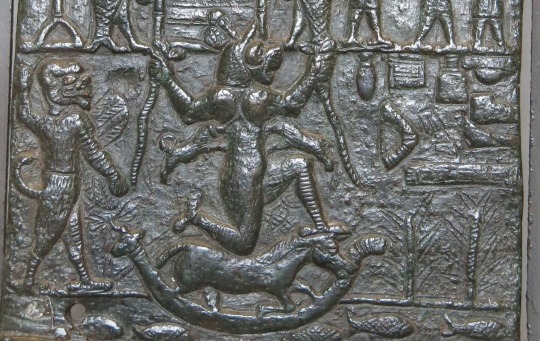
Depiction of Pazuzu fighting Lamashtu on a Protection plaque against her, Neo-Assyrian period, Louvre museum.
Lamashtu though was longer associated with Lilu and Lilitu demons, Lilitu being even one of her names (suggesting the singular Lilith of latter Abrahamic texts is partially derived from her).
Pazuzu had also some other curious traits, like possessing a scorpion tail...and having a serpent for a penis:

Pazuzu also seems to have influenced the Aramaic incantation bowls magic and demonology (which in turn influenced the latter Christian and possibly Muslim demonology and magic). There the role of Pazuzu (who was invoked to protect against Lilu and Lilitu demons), is given to Asmodeus/Ashmedai, who also is presented as the king of Liliths, and also invoked to protect against them. From Pazuzu, Asmodeus seems to have also inherited avian feet, which has already on the incantation bowls, and are also present in latter depictions:

Depiction of Asmodeus/Ashmedai from an Aramaic Incantation Bowl.

Asmodeus as depicted in Collin de Plancy's Dictionnaire Infernal, 1863 edition.
It also should be said all points out Pazuzu himself is an Assyrian continuation/adaptation of the older Sumerian/Akkadian demon god - Anzu.
Anzu (though his name should be probably read in Akkadian as "Zu", with "An" being a misreading of the cuneiform An/Dingir signifying divinity. Sumerian pronunciation of his name being Imdugud) is an entity from very early Mesopotamian mythology, presented first as lion headed bird, then as a lion-dragon (a kinda griffin like creature):

depiction of Anzu from around 2500 BC.

Ninurta fighting Anzu (depicted as a lion-dragon)
These traits are visible in Pazuzu, who also has a avian and leonine traits, if being more humanoid, but also seeming more demonic.
Anzu's role in myth is interesting, as he is presented as an almost "Luciferian" figure - he was a servant of the higher gods, until he rebelled against the King of Gods Enlil, stole the Tablets of Destiny allowing for control over the universe. Gods feared confronting Anzu, until one god - Ninurta, Ningirsu or Marduk depending on version - finally challenged Anzu and defeated him, retrieving the tablets (with the version with Marduk, it's an alternate story to his fight with Tiamat, how and why he was crowned the king of gods).
Aside from similarities to the story of Satan (if more the post Biblical version, though one that has foundations in at least New Testament (specifically the Book of Revelation), as well Apocryphal Jewish texts like the Book of Enoch or Life of Adam and Eve), it also might have influenced the stories of the Greek Demon Monster Typhon, and the Egyptian god Set.
Like Typhon, Anzu is born to Earth (Ki) and the Abyss (Abzu) (Gaea and Tartatus for Typhon). Anzu was born, and resided at mountain Sarsar, some thinking it is the source of the Greek Tartarus. Both Typhon have also power over storm, wind and fire (though Anzu also had power over water, disease and pestilence). Via Sarsar (and the Sutean people living there), and the Anzu is also connected to Set, or at least his gradual demonization (including the fact Greeks themselves equated Set with Typhon) (both connections to Typhon and Set being kinda elaborated in this academic paper).
Depiction of Anzu and Pazuzu seemed to have also influenced the depictions of Angra Mainyu/Ahriman in Zoroastrianism, as well as possibly Pazuzu also influencing the depictions of Ahriman in Mithraism (and possibly latter Zoroastrianism).
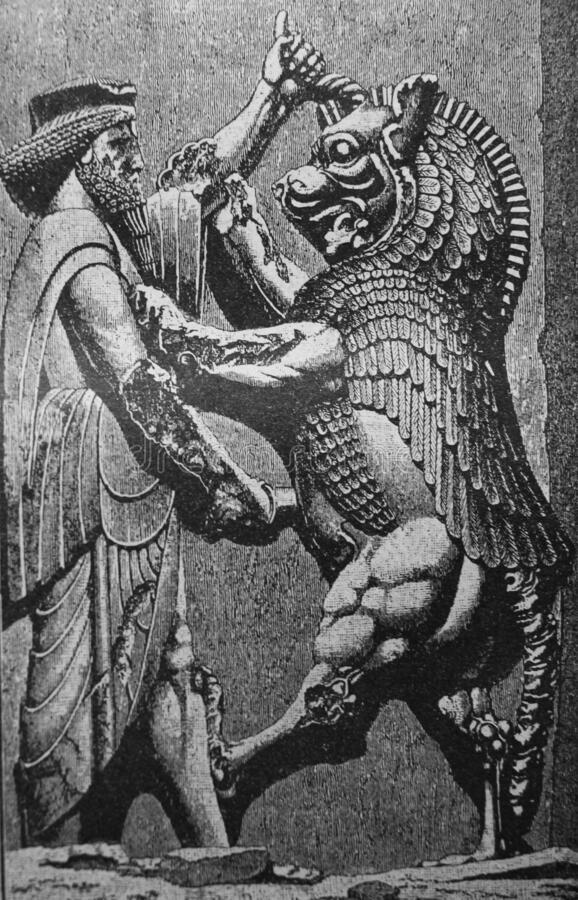
Ahura Mazda or a Persian King fighting Angra Mainyu/Ahriman or a monster symbolizing him. Note similarities to the scene of Ninurta fighting Anzu, and strong similarity to Anzu, while also having horns and scorpion tail associated with Pazuzu.

Mysterious lion-headed figure of Mithraism. Some think it is Arimanus (Ahriman) also mentioned in Mithraic inscriptions. Note also presence of 4 wings, and being encircled by a serpent, calling back to Pazuzu's serpentine phallus.
Returning to Dungeons and Dragons, Pazuzu's lore was greatly expanded in 3rd and 4th editions.

artwork of Pazuzu from 3rd edition, Fiendish Codex I - Hordes of the Abyss
In 3rd edition it was stated one of Pazuzu's names is Imdugug, though Anzu is a name of a demon species serving Pazuzu. Another of Pazuzu's names, was established to be also Typhon.
But more importantly, Pazuzu was established as a member of the Lovecraftian Obyriths - demons older than gods and mortals, older than the current demon species, and who created the Tanar'ri (the main group of current demons, and first one after Obyriths).
(Note that Pazuzu being a "proto-demon" was an idea by Gary Gygax himself, though up until 3rd edition only present in his Gord the Rogue novel series that latter parts weren't considered canonical to D&D lore.)
4th edition further expanded on that, depicting Obyriths as coming from an older multiverse, they destroyed and devoured. Pazuzu is described as the great manipulator who manipulated and corrupted the god Tharizdun into becoming what he is (a Lovecraftian monster endangering the whole existence), and by this caused also the corruption of the Elemental Chaos, formation of the Abyss and war between Gods and Primordials, and caused the existence of other fiends. Pazuzu also persuaded and corrupted the angel Asmodeus to fully fall, created the devils and the Nine Hells. Basically, he was more or less established as the Bigger Bad of D&D, at least during 4E, especially on Nerath.
(Fun fact, Exandria is largely derived from Nerath if with elements of Oerth and other settings)

Pazuzu and other Obyrith Lords - Ugudenk, Dagon, Obox-ob, and Pale Night
Indeed, Pazuzu plays a somewhat Nyarlathotep-like rol among Obyriths, being more similar to creatures from the current multiverse in many ways, and adopting a less horrific appearance, as well as being a great manipulator.
So due to this, I think it was even more fitting Pazuzu was originally chosen to be connected to Dracula, even source of his powers and vampirism, though as mentioned, latter his role became very ambiguous.
#pazuzu#anzu#lamashtu#mesopotamian mythology#assyrian#asmodeus#typhon#set#ahriman#angra mainyu#mithraism#dungeons & dragons#d&d#obyrith#sutekh
59 notes
·
View notes
Text
It would be great if I put as much dedication, time and attention that I do into ancient history into something academically useful to me right now.
#host —★#ancient history#ancient iran#sassanian empire#achaemenid#ancient rome#roman empire#zoroastrianism#mithraism#manichaeism
4 notes
·
View notes
Text
Greco-Roman cults: Mithraism
Mithraism is an interesting case of a foreign deity being wholly incorporated into Greco-Roman culture. We see examples of this in hybrid gods like Hermanubis (Ἑρμανοῦβις), but the cult of Mithras would assume influence these prior sects had never dreamed of.

Mithra is an ancient Iranian divine being (yazata) with a thousand ears and ten thousand eyes, associated with light, the Sun, justice and oaths. His name in Greek (Μειθρας) is numerically 365, the number of days in the year, associating him with the spheres of the heavens much like the archon Abrasax (Ἀβρασάξ) was.
Further connecting Mithras with the celestial spheres, the religion of Mithraism had seven ranks of initiation one could progress up:
Corax (Κόραξ): the Crow, associated with Mercury.
Nymphius (Νυμφίος): the Bridegroom, associated with Venus.
Stratiotes (Στρατιώτης): the Soldier, associated with Mars.
Leon (Λέων): the Lion, associated with Jupiter.
Perses (Πέρσης): the Persian, associated with Luna.
Heliodromus (Ἡλιοδρόμος): the Sun-Runner, associated with Sol.
Pater (Πατήρ): the Father, associated with Saturn.
The cult had many esoteric astrological symbols associated with its practice, most notably the Sacred Bull:
In each Mithraeum (Mithraic temple) there is an image of a white bull (Taurus) being slain by Mithras (Leo) wearing a Phrygian cap, who kneels on the animal with his right foot holding down the bull's right hind hoof and his left knee resting on the bull's back. He slays it with his right hand, holding it by the nostrils with the other, looking over his shoulder to face the sun on the left, and a dog (Canis major) and snake (Serpens) reach up to strike the bull. A scorpion (Scorpius) seizes the bull's member. A crow (Corvus) is flying around the bull. Three ears of wheat (Spica) emerge from the bull's wound. Two torch-bearers (Gemini) stand on either side: Cautēs (Καυτής, "Stone") with his torch pointing up and Cautopatēs (Καυτοπατής, "Stone of Opening") with his torch pointing down. The moon is on the right, parallel to the sun.
This layered symbolism required secrecy to remain obscure to the uninitiated, and as such Mithraism was an underground religion with select members, mostly military. During the Christian period many Roman soldiers would join the Mithraic religion, seeing Mithras and Yeshua as one and the same, with stories from the era claiming that Mithraists practiced baptisms and bread-and-wine communion. The religion eventually faded away from a lack of textual preservation and shrinking converts, though many of its Mithraea still remain. Judging by its size at its peak, it would have rivalled Christianity and may have even replaced it as the dominant faith in another timeline.
20 notes
·
View notes
Text
Mithras, the Soldier's God: A Roman Secret Society? - Historic Mysteries
Mithras, the Soldier’s God: A Roman Secret Society? – Historic Mysteries
https://www.historicmysteries.com/mithras/
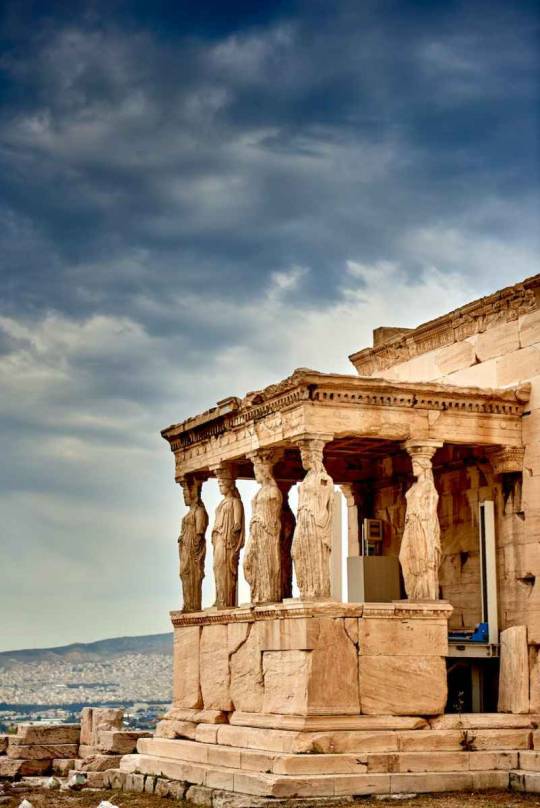
View On WordPress
#1st century#4th century#Ancient Britain#Ancient Greece#Ancient Rome#bull#cave#cavern#cyropaedia#Cyrus the Great#December 25#Greek Pantheon#Iran#Luna#Mithra#Mithraism#Mithras#monotheism#mystery school(s)#Numidia#Patron God#Persia#polytheism#Roman Empire#Roman Pantheon#sacrifice#Sol#Soldiers#syndexoi#tauroctony
28 notes
·
View notes